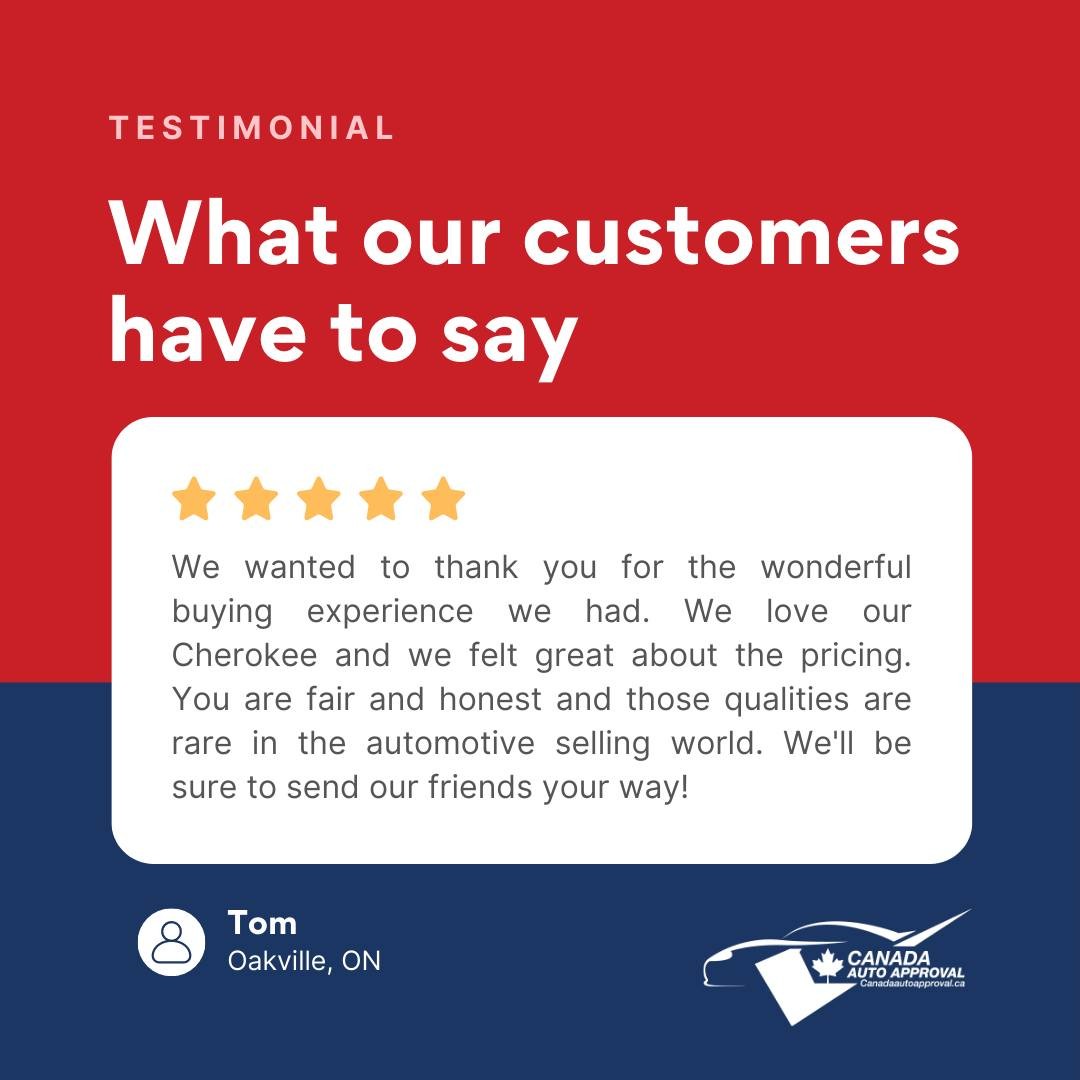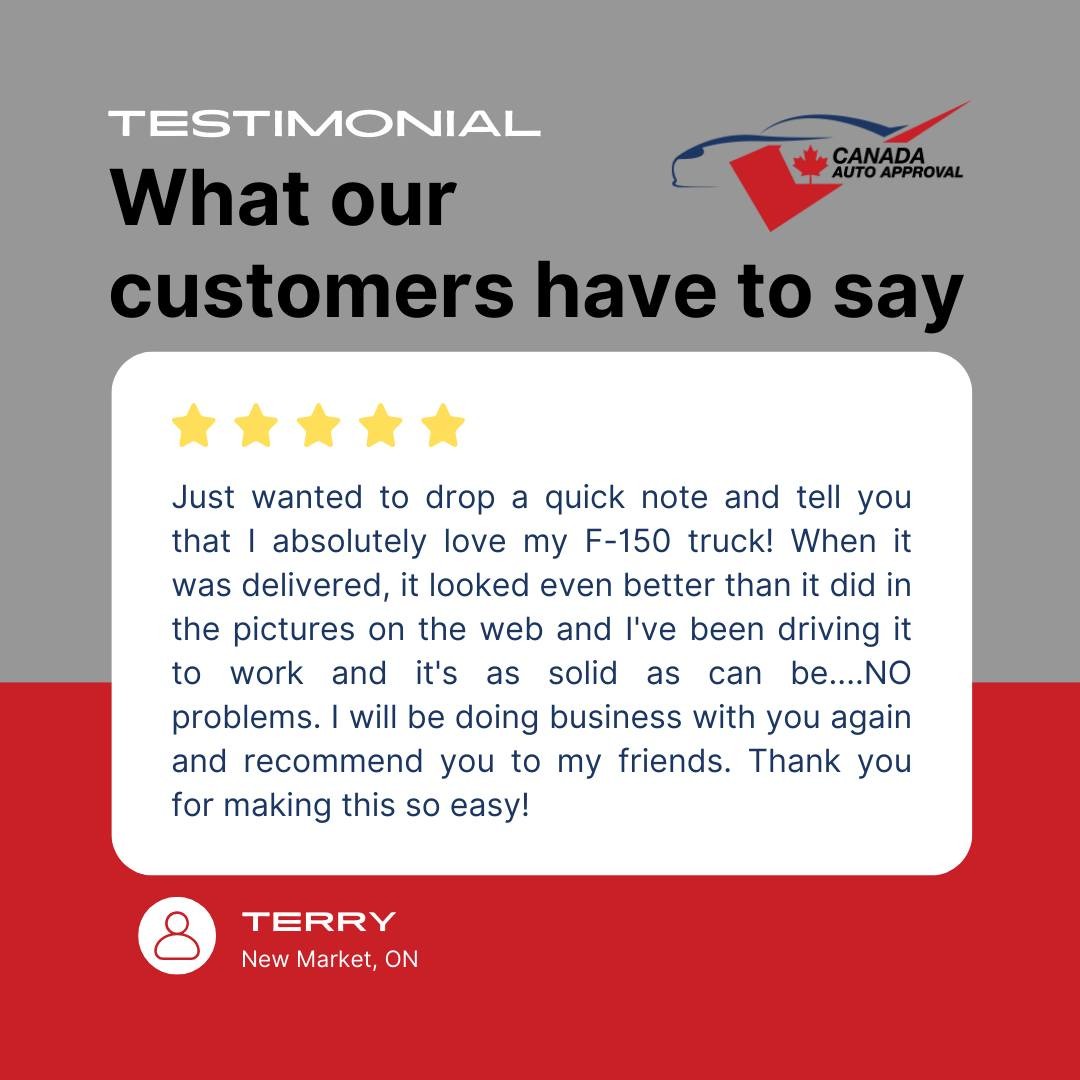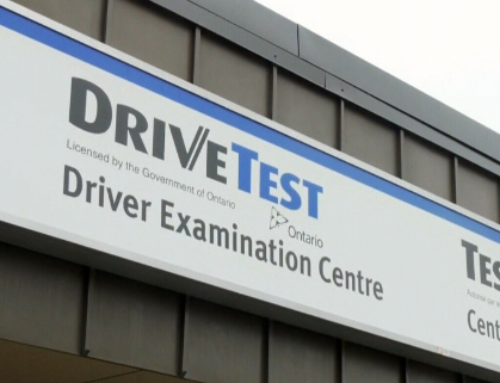Selling a used car can be a complex and time-consuming process, but getting it right can ensure you receive a fair price and a smooth transaction. Whether you’re upgrading to a new vehicle or simply looking to get rid of an old one, this guide will walk you through the essential steps to successfully sell your used car in Ontario.
Step 1: Gather Your Documents
Before listing your car for sale, gather all necessary documents. These documents will not only help you sell the car faster but also provide potential buyers with the confidence they need to proceed with the purchase.
Essential Documents Include:
- Vehicle Registration: Ensure your car is currently registered in your name.
- Used Vehicle Information Package (UVIP): In Ontario, the seller must provide the buyer with a UVIP, which includes the vehicle’s history, lien information, and more. You can obtain a UVIP from ServiceOntario.
- Safety Standards Certificate: This certificate is required to transfer ownership and indicates that the vehicle meets Ontario’s minimum safety standards. You can get this certificate from a licensed mechanic.
- Maintenance Records: Having detailed maintenance records can reassure buyers about the car’s condition and history.
- Original Purchase Documents: If available, these can provide additional proof of ownership and vehicle history.
Step 2: Determine Your Car’s Value
Accurately pricing your car is crucial for attracting buyers and ensuring you get a fair price. Start by researching the current market value of your car.
Tips for Determining Value:
- Use Online Valuation Tools: Websites like Kelley Blue Book, Canadian Black Book, and AutoTrader can give you an estimate of your car’s market value.
- Check Local Listings: Look at similar cars in your area to see what they’re selling for. This will give you a realistic idea of what buyers are willing to pay.
- Consider the Condition: Be honest about your car’s condition. Factors like mileage, wear and tear, and any additional features or upgrades can impact the value.
- Get a Professional Appraisal: If you’re unsure about your car’s value, consider getting it appraised by a professional.
Step 3: Prepare Your Car for Sale
First impressions matter. Ensuring your car looks and runs its best can make a significant difference in attracting buyers and securing a good price.
Steps to Prepare Your Car:
- Clean Your Car: A thorough cleaning, both inside and out, can make your car more appealing. Consider getting it detailed professionally.
- Make Necessary Repairs: Fix any minor issues that could deter buyers. This includes things like replacing burnt-out lights, fixing minor dents and scratches, and addressing any mechanical issues.
- Gather Maintenance Records: Having a comprehensive record of your car’s maintenance can reassure buyers about its reliability.
- Consider Upgrades: Small upgrades like new floor mats or a fresh coat of wax can enhance your car’s appeal.
Step 4: Take High-Quality Photos
High-quality photos are crucial for online listings. They help attract potential buyers and give them a clear idea of what to expect.
Photo Tips:
- Clean Background: Park your car in a clean, well-lit area with a neutral background.
- Multiple Angles: Take photos from various angles, including front, back, sides, and interior shots.
- Highlight Features: Showcase any special features or upgrades, such as new tires, infotainment systems, or leather seats.
- Detail Shots: Include close-up shots of the wheels, engine, and any imperfections to provide a complete picture.
Step 5: Write a Compelling Listing
A detailed and honest listing can attract serious buyers and reduce the time your car spends on the market.
Writing Tips:
- Accurate Title: Start with a clear and accurate title that includes the car’s make, model, year, and mileage.
- Detailed Description: Provide a comprehensive description that covers the car’s history, condition, features, and any recent maintenance or upgrades.
- Highlight Benefits: Emphasize the car’s strengths, such as fuel efficiency, low mileage, or a clean accident history.
- Be Honest: Disclose any known issues or imperfections. Honesty builds trust with potential buyers.
Step 6: List Your Car Online
The majority of buyers start their search online, so listing your car on popular websites can increase your chances of a quick sale.
Popular Platforms:
- AutoTrader.ca: A well-known platform with a wide audience.
- Kijiji Autos: A popular classifieds site in Canada.
- Facebook Marketplace: Allows you to reach a local audience.
- Craigslist: Another option for reaching local buyers.
- CarGurus: Known for its extensive listings and buyer tools.
Step 7: Screen Potential Buyers
Not every inquiry will lead to a sale. Screen potential buyers to ensure they’re serious and avoid wasting time.
Screening Tips:
- Ask Questions: Determine the buyer’s needs and readiness to purchase.
- Schedule Appointments: Arrange for test drives at a public location during daylight hours.
- Verify Funds: Ensure the buyer has financing in place or is ready to pay in full.
Step 8: Negotiate the Price
Negotiation is a standard part of the car selling process. Be prepared to discuss the price and terms of the sale.
Negotiation Tips:
- Know Your Bottom Line: Set a minimum price you’re willing to accept.
- Be Polite and Firm: Stay courteous but firm on your price. Be prepared to justify your asking price with facts and documentation.
- Consider Counteroffers: Be open to reasonable offers but don’t be afraid to walk away if the offer is too low.
Step 9: Finalize the Sale
Once you’ve agreed on a price, it’s time to finalize the sale. Ensure all paperwork is correctly completed to avoid any future issues.
Finalizing Steps:
- Complete the Bill of Sale: This should include the sale price, date, and both the buyer’s and seller’s information.
- Transfer Ownership: Both parties must sign the transfer portion of the vehicle registration permit. Submit this to ServiceOntario.
- Cancel Your Insurance: Once the sale is complete, cancel your insurance policy for the sold vehicle.
- Remove License Plates: In Ontario, license plates belong to the seller, not the vehicle. Remove your plates before handing over the car.
Step 10: Follow Up
After the sale, it’s a good idea to follow up with the buyer to ensure everything is satisfactory and to address any questions they may have.
Selling a used car in Ontario involves several steps, each crucial to ensuring a smooth and successful transaction. By following this guide, you can confidently navigate the process and secure a fair price for your vehicle. From gathering documents and preparing your car to negotiating and finalizing the sale, every step is important in achieving a satisfactory outcome.
At Canada Auto Approval, we understand that selling a car can be daunting, but with the right approach and preparation, you can turn it into a rewarding experience!

















